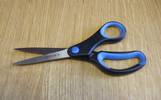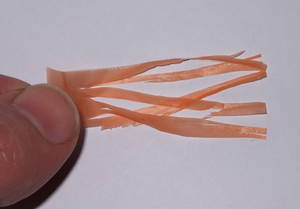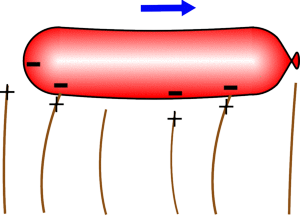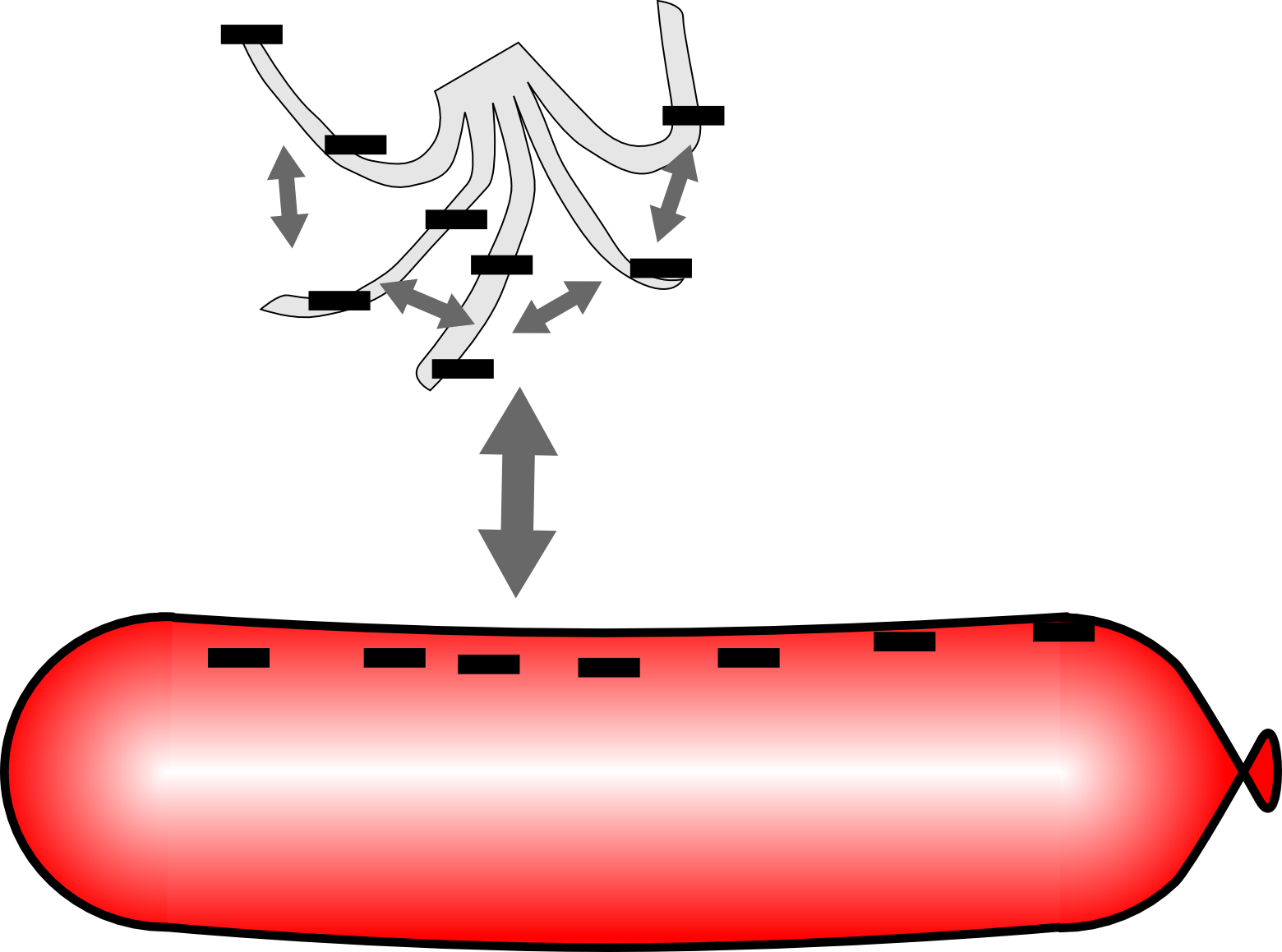Ingredients
 | A long thin balloon |  | A plastic bag |
 | Some scissors |  | Some hair |
Instructions
Cut a strip out of the bag about 1cm wide and 5cm long.
Make a series of cuts into the bag from one end almost to the other end, forming a tassel with a series of strips about 1mm wide joined at one end.
Blow up your balloon.
 Rub the balloon and the bag tassel on different parts of your hair. It works best on relatively short clean hair, sometimes it works better on leg hair than head hair. Make sure you rub the balloon all the way along on one side.
Rub the balloon and the bag tassel on different parts of your hair. It works best on relatively short clean hair, sometimes it works better on leg hair than head hair. Make sure you rub the balloon all the way along on one side.
Hold the balloon with the side you rubbed pointing upwards.
Throw the bag tassel up into the air and try to balance it above the balloon.
Result
You should be able to make the plastic float above the balloon, it is quite difficult to balance but definitely possible.
Explanation
As you rub both the balloon and the plastic on your hair they touch and then release thousands of hairs. Both rubber and plastic are more attractive to electrons than hair so each time they touch, a few electrons are transferred to the balloon. After thousands of touches the balloon and the plastic become negatively charged and the hair becomes positive, so you should find that they attract each other, making your hair stand up when you put the balloon near it.
 |
| As you rub the balloon parts of the rubber repeatedly touch the hairs and then release again. Each time this happens charged electrons are transferred to the balloon charging it up. |
Both the balloon and the plastic bag are negatively charged so they repel one another which means that you should be able to balance the plastic bag above the balloon, causing it to levitate.
 |
| The negative charges on the balloon and the plastic repel each other pushing the plastic away from the balloon. So if you keep the balloon below the plastic it will make the plastic float. |
Why does cutting the bag into strips help?
The negatively charged electrons repel one another very strongly, which means that they tend to collect at the edges of an object. This means that an object with a lot of edges can hold more charge than a continuous sheet.
- Previous Straw Oboe
- Next Butter Side Down









Comments
Add a comment